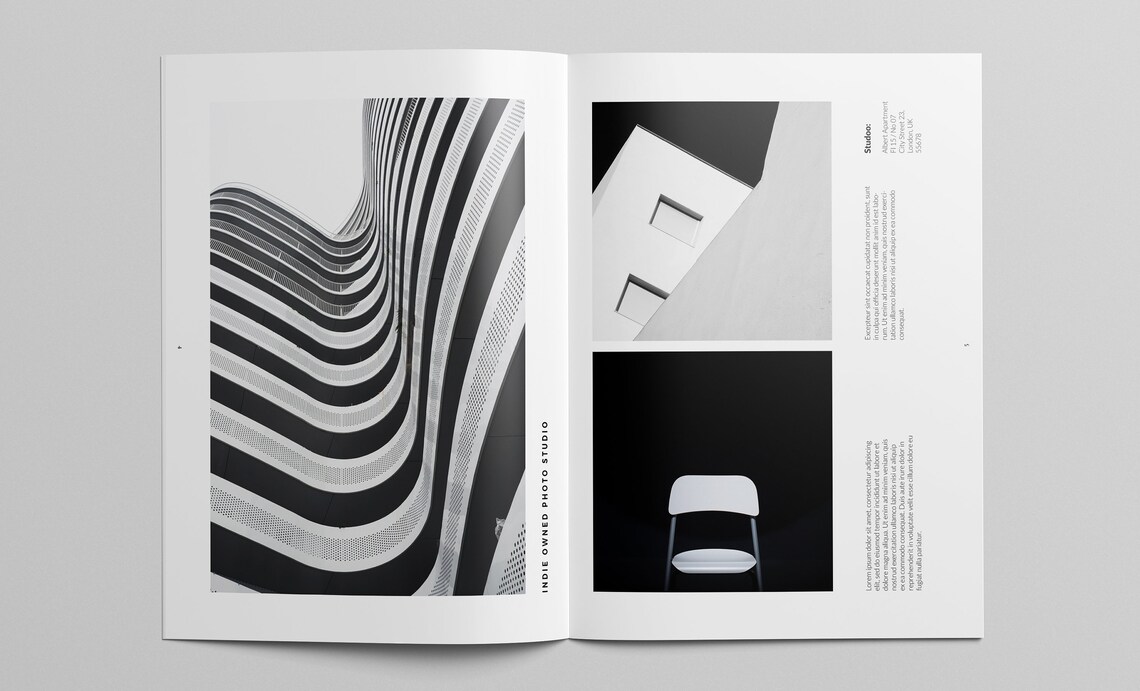

- Putting page layers under master layers indesign zip file#
- Putting page layers under master layers indesign zip#
This can help you if you have complex elements in your template that are not supported by our templating tool or are difficult to implement. This is due to the partial render mechanism: We try to render as many of the non-editable elements in a static background image. Put editable layers into the foreground (as high up in the layers panel as possible), while non-editable layers should be in the background (as low in the layers panel as possible). Ensure fonts are available and not marked with square brackets, e.g., in the paragraph style settings. Variable fonts are not supported please make sure to use static fonts.Īdobe Cloud fonts are not supported because of licensing restrictions. Only static TTF and OTF fonts are supported other formats you need to convert before packaging (e.g., postscript type 1 fonts are not supported). You need to include the fonts in every package, not just one for the whole Frontify instance.
Putting page layers under master layers indesign zip#
zip file.īy completing the steps above, the fonts are included in the package and ready for use. Go to your Template Library in Frontify, click “New > InDesign Package”, and choose the previously created. idml file, a Links, and a Document Fonts directory).
Putting page layers under master layers indesign zip file#
zip file of the resulting folder (containing the. idml files in one archive, even if the same links or fonts are shared. Go to “File > Package…” and make sure that all fonts and images are correctly linked now click “Package”.Ĭheck the following boxes in the next dialog:Ĭreate the package. To package an InDesign document, please follow these steps: Our Templates solution only accepts InDesign package archives, not. We support InDesign CS4 (where IDML was introduced) or newer. Because our solution is constantly evolving, changes to the list may occur. The following are the key considerations when designing or converting InDesign documents for Print Templates. This means that even if elements don’t look quite right while being in editing mode, they still render correctly when downloaded – because, essentially, they haven’t changed. For example, if no changes are made to an element, the element in the original document remains untouched. Our Templates solution only modifies elements in the source document that have been changed.

Large files and unused elements make the templates slower, so we recommend you only add images and other links in the required sizes/quality (e.g., jpg image instead of a PSD) and remove any unnecessary elements (like master pages) from your original InDesign file. Keep your InDesign packages as small as possible (as big as necessary). Text-heavy translation workflows can also prove tricky since text lengths can differ depending on the language. Business cards, posters, or ads are better suited than flyers, brochures, or fact sheets. Why? Simply because when applying lengthy text snippets or complex imagery, you could run the risk of creating inconsistencies. Generally, the Frontify Templates solution is best suited for creating less complex templates, with as little running text as possible. In designing templates for the Digital and Print Templates, where do the most significant challenges lie? Are there any possible workarounds for existing templates? To simplify the answer, we’ll split Sketch and InDesign up, since the way you create templates will slightly differ depending on which one you’ll use. Setting Up Your InDesign File and Package


 0 kommentar(er)
0 kommentar(er)
